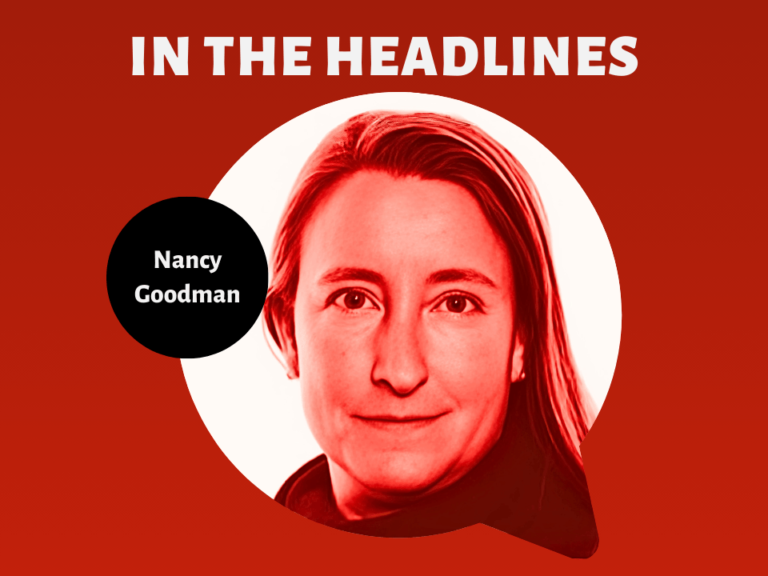Specialty diagnostics company Precipio Inc. announced preliminary data from an ongoing study on the impact of academic pathology expertise on diagnostic accuracy.
The purpose of the study was to independently evaluate the effect of academic pathology on the massive problem of misdiagnosis, and determine the impact of Precipio’s business model as a solution to this problem.
Initial data shows that of the biopsy samples that Yale specialist pathologists provided a second opinion on and arrived at different diagnoses, ~73% arrived at a diagnosis that either definitely or possibly changed the patient treatment plans.
This is strengthening industry data on the problem of misdiagnosis, providing powerful evidence to the consequences to patient care, and validating Precipio’s business model as the only innovative solution of its kind to combat the problem of misdiagnosis.
This data is further strengthened by the comparative data generated internally by Precipio, demonstrating that in the first 100 cases initially diagnosed by academic expert pathologists at Yale and then sent to an outside pathologist for a second opinion, in 99% of those cases, the second opinion confirmed the primary diagnosis arrived at by Yale.
The study’s purpose, launched July 2017, is to evaluate the hypothesis that academic pathologists’ expertise result in a higher rate of diagnostic accuracy than the current industry is providing. The study was designed to retrospectively evaluate the concordance in two sets of data in order to demonstrate this hypothesis.
The first cohort consists of patients who received their primary diagnoses non-academic community hospitals or national reference labs (representative of the industry), and were then referred to an academic pathology institution (Yale University) for a second opinion consultation. The purpose of evaluating this cohort was to re-assess the diagnosis received outside of an academic institution, and then have an academic expert specialist evaluate its accuracy.
The second cohort consists of patients initially diagnosed at Yale University, and then referred to another academic institution for a second opinion consultation, (for example at the Brigham & Women’s Hospital in Boston, or at Memorial Sloan Kettering Cancer Center in New York).
The purpose of evaluating this cohort was to review the diagnosis rendered by an academic expert, and assess its accuracy by having it reviewed by a peer academic expert – thus, subject to the same scrutiny as the first cohort.
In the cases where there is a disagreement between primary diagnosis and the second opinion evaluation, the patient sample will be submitted to a third party academic institution to act as the arbiter (a process which currently does not exist in the industry).
For the purpose of this study, academic expert pathologists at University of Pennsylvania will review each of the discordant cases and determine the correct diagnosis.
Study investigators at Yale anticipated the first cohort would show a significant rate of misdiagnosis with meaningful consequences to the patient; while the second cohort would show minimal discordance, reflecting an overall substantially higher level of diagnostic accuracy rendered by academic pathologists.
To date, a total of 315 cases have been reviewed, 213 of which belong to the first cohort of the study, consisting of patients initially diagnosed at a non-academic facility, and then receiving a second opinion consult at Yale University.
The preliminary data reveals that, of the cohort of patients initially diagnosed at a non-academic institution, in 45 patients (21% of the cases) the academic pathologist arrived at a different conclusion during their second opinion assessment.
Furthermore, in 33 of those cases (>73%), the change in diagnosis had a potential substantial impact on patient treatment plan and is considered a material discordance.
In the remaining 102 cases reviewed that belong to the second cohort, in only 5% of the patients that were initially diagnosed by an academic expert, the second opinion diagnosis differed from the primary diagnosis. However, in 0% of those cases, did the change impact the patient treatment plan and is therefore not considered a material discordance.
The study will ultimately include at least 1,000 patients to further demonstrate the value of academic expertise in the diagnostic process. It is expected to be completed by the end of Q1-2018, after which the results will be compiled and published in a peer-reviewed industry journal.











